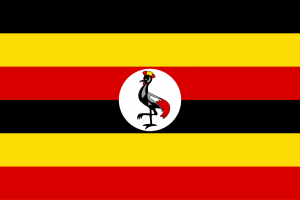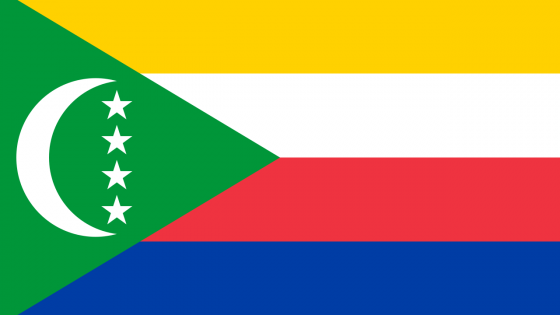
Comoros is a small island nation located in the Indian Ocean, off the coast of East Africa. Comprising four main islands, the country is known for its stunning natural beauty, unique culture, and rich biodiversity. Despite its small size, Comoros offers a range of experiences for travelers. Below are key facts that highlight what makes Comoros a fascinating destination.
Comoros may be one of Africa’s lesser-known destinations, but it offers a striking mix of natural beauty, cultural richness, and friendly warmth. From volcanic hikes and coconut-scented plantations to vibrant marine life and traditional festivals, this island nation is a hidden treasure for adventurous travelers. Whether you’re an explorer, foodie, or culture lover, Comoros promises an unforgettable journey. Start planning your trip today!

